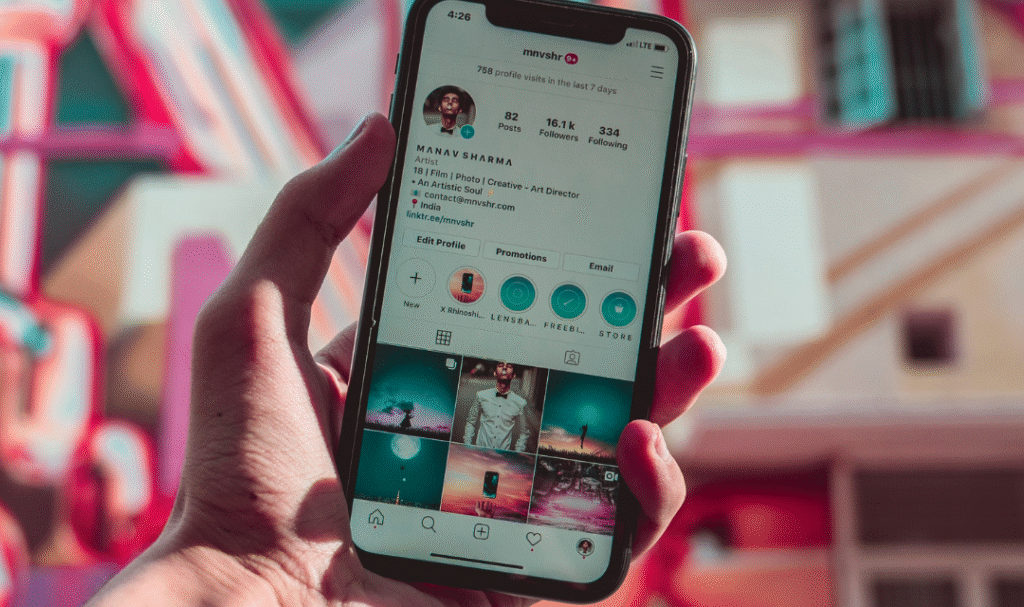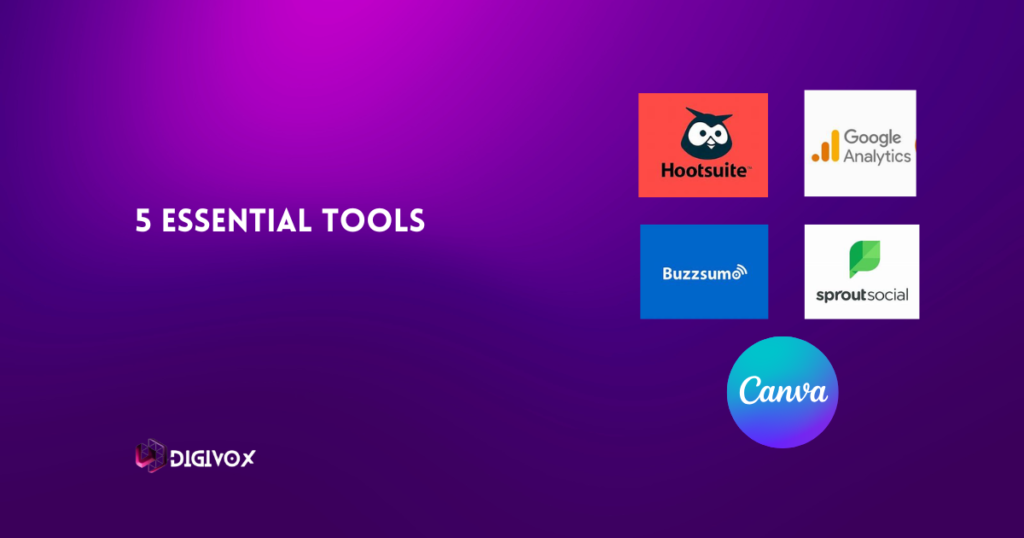
A few months ago, a client came to us feeling completely stuck. They were doing everything the internet says you should do—posting consistently, using trending hashtags, jumping on Reels, and showing up in Stories. But the missing piece was tracking social media performance. Without it, all that effort wasn’t translating into results—their engagement was flat, their reach had plateaued, and their follower count hadn’t budged in weeks.
Sound familiar?
The truth is, their content wasn’t the problem. Their strategy wasn’t either. What they were missing—and what so many brands overlook—was a clear system for tracking performance. Once we helped them understand what to look for, which numbers actually matter, and how to adjust based on real data? That’s when things changed. Engagement went up. Follower growth picked up speed. And suddenly, they had a roadmap instead of a guessing game.
If you’ve been showing up but not seeing the results you want, it’s probably not because you’re doing it wrong—it’s because you’re doing it without direction. We’ll walk you through exactly how to track your social media performance, spot what’s working, fix what’s not, and use that insight to fuel real brand growth.
What Should You Actually Be Tracking?

There are a lot of numbers in your analytics dashboard—but not all of them are created equal. If you’re only looking at likes or follower count, you’re missing the bigger picture.
Here are the metrics that matter most:
- Engagement rate – This tells you how well your audience is interacting with your content. It’s the ratio of likes, comments, and shares to how many people saw your post. High engagement means your content is connecting.
- Reach and impressions – Reach is how many unique users saw your post. Impressions include every time it was displayed, even repeat views. Tracking both helps you understand visibility and content fatigue.
- Saves and shares – These are gold. When someone saves a post, they want to revisit it. When they share it, they want others to see it. Both are strong signals of high-value content.
- Click-through rate (CTR) – If your goal is website traffic, CTR is essential. It tells you how many people clicked on your link after seeing your post.
- Follower growth trends – Instead of obsessing over the total number, track how quickly your following is growing and why. Did a specific post or campaign trigger a spike? That’s what you want to replicate.
If you’ve been posting consistently but still not seeing growth, it might be worth exploring why your social media isn’t growing (and how to fix it). Sometimes the issue isn’t your content—it’s what you’re not measuring.
How to Use Platform Analytics Without Getting Overwhelmed

The great thing is that every major platform offers built-in analytics tools—and you don’t need to check them daily or be a data nerd to get value from them.
For example:
- Instagram and Facebook use Insights and Meta Business Suite.
- TikTok offers Creator Tools with detailed audience and content stats.
- YouTube Studio has in-depth reports for watch time, retention, and traffic sources.
- LinkedIn Analytics helps track post reach, engagement, and profile visits.
The key is to focus on patterns over time, not just individual post performance. Look at which content themes perform best. Are your reels getting more traction than static posts? Is your audience engaging more on certain days or times? Those insights help you refine your strategy and avoid burnout.
Need help making sense of your Instagram metrics? This guide from Hootsuite breaks down exactly how to interpret Instagram Insights—and what to do with the data.
What Story Are Your Numbers Telling About Your Brand?

Metrics aren’t just numbers. They’re signals—telling you how your audience feels about your content, your voice, and your brand overall.
A low engagement rate might mean the content looks polished but lacks real substance. High saves paired with few comments could suggest the posts are helpful, but not sparking conversation. And if followers are coming in fast but dropping off just as quickly, it may be a sign that the messaging isn’t clear, or the niche needs refining.
Look for patterns:
- Which posts consistently perform well?
- What type of content sparks conversation?
- What topics or formats seem to get ignored?
Once you know what resonates, you can lean into it. Track what your top 3 performing posts have in common and ask yourself: how can I replicate this while staying fresh?
For a bigger-picture strategy, check out our blog on Social Media Strategies for Small Businesses in 2025, which breaks down platform-specific approaches for growth.
Top Tools to Track Social Performance Like a Pro

Don’t want to manually check multiple platforms every week? These tools can save you time and make insights easier to digest:
- Meta Business Suite – Perfect for managing Instagram and Facebook in one dashboard.
- YouTube Studio – Great for tracking video performance and audience retention.
- Later or Buffer – Ideal for scheduling and basic analytics across several platforms.
- Sprout Social – More advanced reporting and listening features for brands ready to scale.
- Google Analytics – Essential for tracking social traffic to your website and seeing what happens after the click.
If you’re considering which analytics platform to invest in, this Sprout Social roundup offers a side-by-side comparison of top social media tracking tools.
How Performance Tracking Leads to Real Brand Growth
Once you’re paying attention to the data, everything becomes easier. You stop guessing what to post. Know what topics land best. You see exactly what type of call-to-action drives clicks, and which ones fall flat.
Performance tracking also allows you to be strategic, not reactive. You’ll stop chasing trends that don’t serve your brand and start creating with intention. And over time, that’s what builds recognition, trust, and results.
This is how smart brands grow: by making data-informed decisions, one post at a time.
FAQs About Tracking Social Media Performance
How often should I check my analytics?
Weekly is ideal if you’re posting regularly—it gives you time to notice trends and make small adjustments. Monthly reviews are great for deeper strategy shifts.
What’s considered a good engagement rate?
It varies by platform, but a 2–3% engagement rate is considered average on Instagram. Anything above 5% is excellent, especially if you’re growing organically.
Can I track performance without paid tools?
Absolutely. Instagram Insights, TikTok Analytics, LinkedIn’s built-in tools, and Facebook Page Insights are all free and surprisingly detailed.
Should I track every single post?
Instead, focus on your top and bottom performers each week. Ask yourself what made the best ones succeed—and what you can learn from the ones that didn’t land.
What’s the best way to use that data to grow?
Use it to guide your content calendar. Double down on high-performing topics, ditch what’s not working, and test new ideas strategically—not randomly.
Final Thoughts: Data + Strategy = Smart Growth
Tracking your social media performance isn’t just about numbers—it’s about understanding your audience, refining your voice, and making smarter decisions. When you pair your content efforts with performance insights, you stop guessing and start growing.
And remember, you don’t have to do it all alone. If you’re ready to turn insights into action, Digivox Global can help you build a data-backed strategy that fits your brand and your goals—without the overwhelm.

